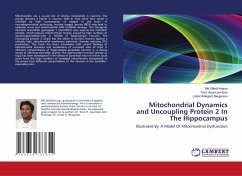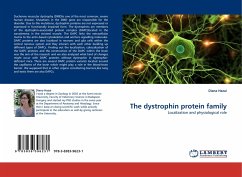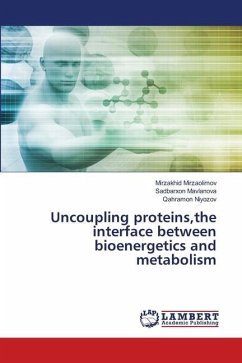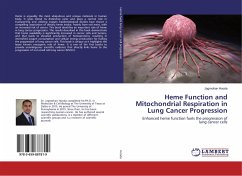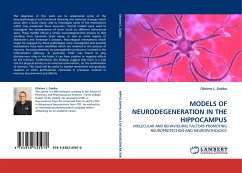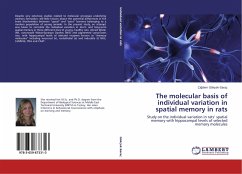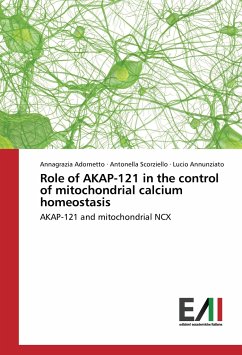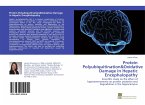Mitochondria are a crucial site of energy metabolism in neurons. The energy demand is higher in neurons than in most other cells, which is reflected by high consumption of oxygen in the brain. In neurodegenerative pathology, reactive oxygen species (ROS) may lead to oxidative stress and mitochondrial DNA (mtDNA) damage. The transgenic mutated uracil-DNA glycosylase 1 (mutUNG1) mice express the mutUNG1 enzyme, which induces mitochondrial toxicity, caused by high numbers of apurinic/apyrimidinic-sites in mtDNA of hippocampal neurons. The uncoupling protein 2 (Ucp2) has the ability to protect neurons against a critically high mitochondrial membrane potential, thereby reducing ROS production. This book has been articulated with recent findings of mitochondrial dynamics and localization of increased level of Ucp2 in different compartments of hippocampal pyramidal neurons in a mouse model of mitochondrial DNA toxicity. The significantly increased density of Ucp2 has been investigated in the somas of pyramidal neurons which could result from the large numbers of damaged mitochondria transported to the somas from different compartments of the neurons in the mutUNG1-expressing mice.
Bitte wählen Sie Ihr Anliegen aus.
Rechnungen
Retourenschein anfordern
Bestellstatus
Storno

